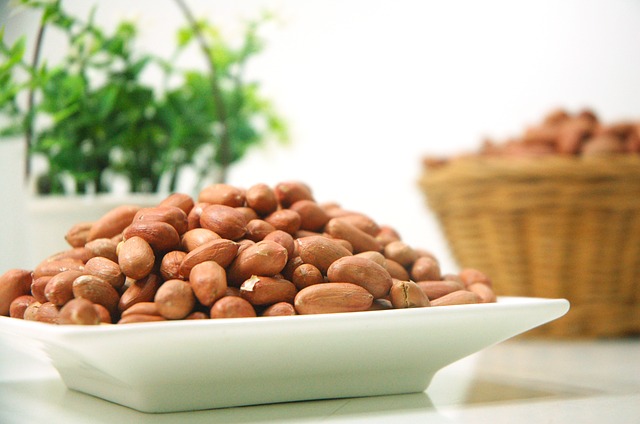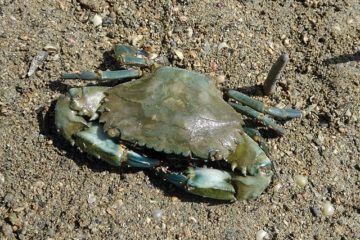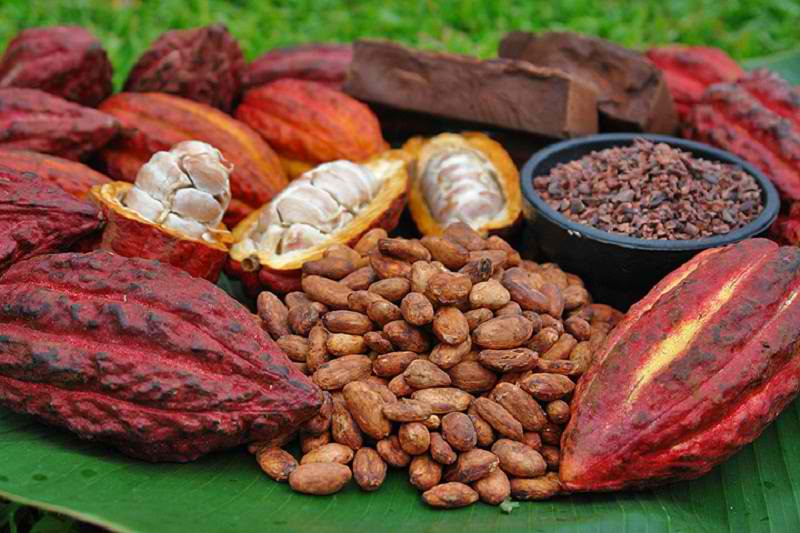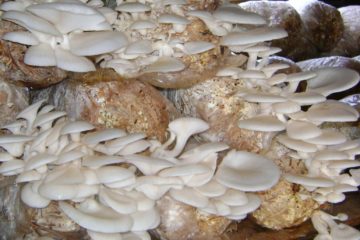DEVELOPMENT OF ORGANIC PRODUCTION TECHNOLOGY FOR PEANUT

Milagros B. Abaquita and Jennifer L. Ferrer Agricultural Center Chief IV and Farm Supervisor, respectively, BPI-La Granja National Crop Research and Development Center, La Carlota City, Negros Occidental.
ABSTRACT
A two-year field experiment was conducted at Organic Farm Site 1 of the La Granja National Crop Research and Development, Bureau of Plant Industry, La Carlota City, Negros Occidental from 2012 wet season to 2013-2014 dry season. The general objective was to develop package of organic production technologies for peanut. Specifically, it aimed to evaluate the performance of peanut as affected by different solid organic fertilizers (SOF) and naturally-fermented solutions (NFS); to determine the best organic production technology that could give the highest pod yield for peanut; and to identify the most profitable organic production technology for peanut. The experiment was laid out in split plot design with three replications using SOF such as commercial organic fertilizer (COF), vermicompost (VC), decomposed carabao manure (DCM), and the control (no solid organic fertilizer) as main plots; and NFS to include fermented malunggay (Fm), fermented saluyot (Fs), fermented bamboo shoot (Fb), fermented native amaranth or “kulitis” (Fk), and the control, without NFS (Fc) as subplots. NSIC Pn 13 was the test peanut variety.
Results on dry pod yield as affected by SOF reveal highly significant differences among treatments during the 2012 wet season and 2012-2013 dry season trials, significant during the 2013 wet season and not significant in 2013-2014 dry season. Increase in dry pod yield was observed on the second cropping application of SOF treatments and increased almost double on the third cropping applications. Yield performance of peanut, NSIC Pn 13 stabilized on the fourth cropping season application of SOF such as COF and VC. On the other hand, DCM treatment after obtaining the highest dry pod yield in the third cropping trial (1.894 t/ha) had yield decline (1.549 t/ha) in the fourth cropping (2013-2014 dry season) trial.Effect of different NFS was observed significant in 2012 wet season and 2013-2014 dry season, highly significant in 2012-2013 dry season but not significant in 2013 wet season trial. Application of Fs, and Fk was observed to produce consistently high dry pod yields in peanut. Interaction effect of the different SOF as main plots in combination with different NFS as subplots was highly significant in 2013 wet season only.
As to the number of pods per plant, highly significant effect of SOF (main plot) was observed during the 2013 wet season and 2012-2013 dry season, and significant in 2012 wet season. NFS application was significant only during the two dry season cropping trials.
Peanut shelling percentage as affected by different SOF was highly significant in 2012 wet season and 2012-2013 dry season trials only. On the other hand, NFS effect to shelling percentage was highly significant in 2012 wet season and significant in 2012-2013 and 2013-2014 dry season trials. Likewise, significant interaction was noted in both the 2012 and 2013 wet season trials but not in the dry season trials. It was observed that shelling percentage improved through the subsequent use of SOF and NFS.
On 100-seed weight, highly significant result of SOF was only noted during 2012 wet season, and significant in 2012-2013 dry season. In terms of NFS effect, significant differences were observed only in 2013 wet season and 2013-2014 dry season trials. No interaction effect was noted between the SOF (main plot) and NFS (subplot) treatments. Economic analysis revealed that in terms of net return, DCM x Fk had the highest (Php75,157.50.00), followed by DCM x Fm (Php66,142.50), DCM x Fs (Php65,229.00), DCM alone (Php64,694.25), and COF x Fb (Php61,824.50). On the other hand, return of investment (ROI) was highest in Fk alone with 199.71% followed by the control (zero application of solid organic fertilizer and NFS) with 198.18%, DCM alone with 195.89%, DCM x Fk with 186.30%, and COF alone with 181.67%.


